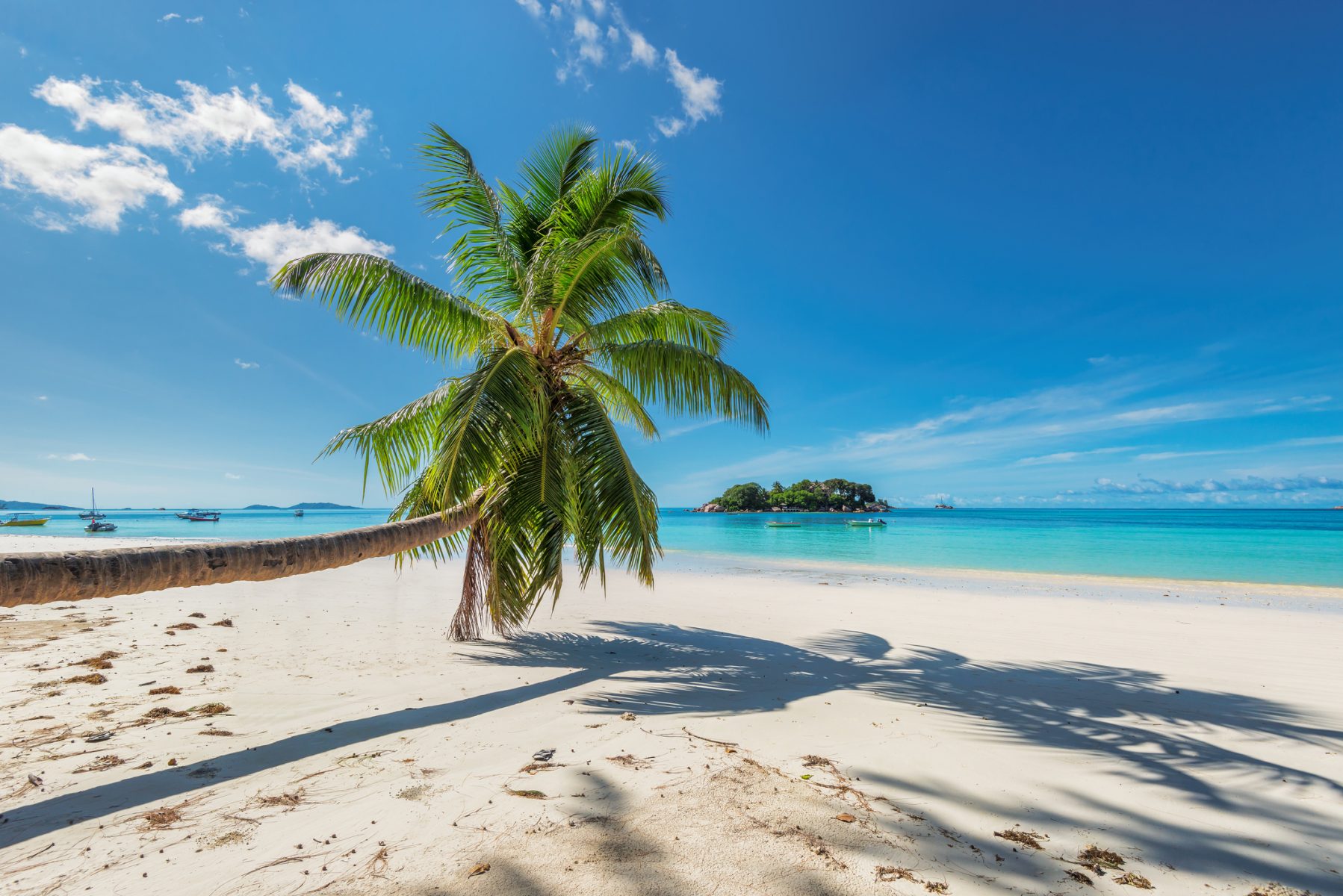Chase Sapphire Reserve annual travel credit — now even easier to use
Signing up for credit cards through partner links earns us a commission. Terms apply to the offers listed on this page. Here’s our full advertising policy: How we make money.
Update: One or more card offers in this post are no longer available. Check our Hot Deals for the latest offers.
My Chase Sapphire Reserve® card definitely gets the most use among any of the travel credit cards in my wallet. I quickly accumulate points because the card offers three Chase Ultimate Rewards points per dollar for travel & dining purchases.
The card is perhaps the best premium travel credit card in existence, especially given its increased 60,000 point bonus after meeting minimum spending requirements. In a calendar year, using the Chase Sapphire Reserve for everyday purchases helped me to earn more than 80,000 Chase Ultimate Rewards points (worth at least $1,200 in travel). I’ll likely use these points to get at least $3,000 worth of luxurious hotel stays or first class flights.
One of my favorite Chase Sapphire Reserve perks is the card’s $300 annual credit for travel purchases. This credit is so straightforward. When you use your card for any travel purchase (like Airbnb, airfare, hotels, Lyft, Uber, and many others), you will automatically be reimbursed, until you’ve spent a total of $300 on travel. In other words, Chase will pay for the first $300 in travel you spend each cardmember year with your card.
And due to COVID-19, Chase has recognized that travel has nearly stopped altogether. They’re making the card’s $300 travel credit useful for more than just travel in 2021!
Until the end of 2021, this credit will also reimburse you for purchases at gas stations and grocery stores. So even if you don’t step foot in a hotel or on a plane until next year, you’ll have no problem using your Chase credit.
So, can the chase sapphire reserve travel credit be used on any travel purchase? Let’s dig into the nitty-gritty.
I made six separate travel purchases over seven days, which knocked out the entire $300 travel credit for the year.
Travel purchases that qualify for the Sapphire Reserve travel credit
Below, we’ll get into the details of the generous categories Chase deems as travel. There are merchants that aren’t included in the categories which you may want to check if you’re looking for something specific.
Airlines
Airfare booked directly with an airline or through Chase’s travel portal will trigger the travel credit. Other airline-related charges, such as baggage fees and ticket change fees, are also included in Chase’s broad terms.
Note that the terms don’t extend to inflight goods and services (such as food or Wi-Fi) or airport merchants.
Hotels/Motels
Hotel chains like Hilton, Marriott, Hyatt, IHG, etc. all count as travel, as you’d expect, as well as motels. Chase only mentions hotels and motels in their travel description, but data points show that vacation rentals such as Airbnb have been reimbursed, too. HomeAway and VRBO seem to be less likely to code as a travel purchase.
Chase does not consider merchants, restaurants, and room entertainment within hotels as travel unless they code as a hotel merchant. That being said, you may be able to redeem your travel credit if a restaurant within a hotel codes as a hotel. This isn’t guaranteed, but you may get lucky. If you’d like to ensure your meal codes correctly, bill the meal to your room as your total room bill will code as a hotel.
Timeshares
Probably won’t make much of a dent in your bill, but good to have it as a qualifying category!
Campgrounds
If camping is your thing, campgrounds also fall under Chase’s travel definition. There aren’t many chains in the campground and RV park world, but KOA, state park campgrounds, or Yogi Bear’s Jellystone Park all come to mind. Local campgrounds should also be included.
Discount travel sites
Think Orbitz, Expedia, Priceline, Travelocity, Hotwire, Kayak.
Taxis, limousines, and car services
For those that live in the city, taxi fares are considered a travel expense. If you happen to be a high roller or celebrating a special occasion, renting limousine services are A-OK.
Happily, the more popular ride-sharing apps today like Uber and Lyft are considered travel. Others include Gett, Way2Ride and RideAustin.
Note the exceptions to this category: Bike or scooter rentals and car-sharing apps like Turo are not considered travel, unfortunately. Chase also says that companies that rent vehicles used for moving purposes (like U-Haul or Penske) are not included either.
Toll bridges, ferries, and highways
If you use a refundable toll system across the United States such as E-ZPass, I-Pass, or Sunpass, the amount charged to your credit card will be deducted from the $300 travel credit. The pay-as-you-go tolls also are included if the toll booth has a credit card machine or you’ve forgotten cash and called to pay via credit card.
Ferries are also an acceptable form of travel, such as Cape May, NJ to Lewes, DE or Seattle, WA to Bainbridge, WA.
Parking lots and garages
City dwellers can rejoice that parking lots and garage fees can be reimbursed. There’s also some evidence that parking meters also fall under this category.
Car rental agencies
Any major car rental agency is acceptable here, so think Enterprise, Hertz, or Avis. Don’t forget that international car rental companies like Europcar are acceptable, as well!
Cruise lines
Major cruise lines like Carnival, Norwegian, and Princess will trigger the credit, too. Chase specifically states that goods and services purchased on-board are not considered a travel expense — however, if you purchase a drink package or cruise excursions prior to the cruise, there are data points that show a refund.
Travel agency services
Using a travel agency service like the Chase Travel Portal (more of a discount site, perhaps?) or a local travel agency is considered a travel expense. There are exceptions to this though, namely being sightseeing activities and excursions, tourist attractions, or merchants arranging educational travel.
Trains
This is your typical city transportation like the subway and metro tickets. Other train tickets such as Amtrak, Eurostar, Euroshuttle, and Japan Rail Pass are all considered part of Chase’s travel stipulations.
Buses
Think of local city bus tickets or transit fees through Greyhound or Megabus.
Non-travel purchases that qualify until December 31, 2021
Gas stations
Gas purchased at the pump or in-store triggers the travel credit. However, Chase notes that truck stops are not included as they “do not specialize in selling automotive gasoline”, but this may refer to truck stops that only sell diesel fuel. There is no stipulation on if food or drink items bought inside the gas station will or will not count toward the travel credit.
Grocery stores
Chase’s description of grocery store merchants seem to indicate all sizes of grocery stores and supermarkets are accepted, but stores with a wider variety of products than just groceries like warehouse clubs and drugstores are not considered a grocery store. The good news is that delivery service merchants are included but only if the purchase is coded by the grocery store.
Bottom line
I think the Chase Sapphire Reserve is the #1 premium travel credit card. When you apply for the card, you earn 60,000 Chase Ultimate Rewards points after spending $4,000 on purchases in the first three months from account opening.
Our favorite way to use Chase points is to transfer them directly to Chase transfer partners, which include Hyatt, Marriott, Singapore Airlines, Southwest, and United Airlines. Based on our estimation of Chase points value, you should have no problem getting an average of 1.7 cents per point when transferring.
However, you can also redeem your points for travel through the Chase Travel Portal at a rate of 1.5 cents each. And through Sept. 30, 2021, you can use the new Pay Yourself Back feature to give yourself a statement credit to offset purchases at dining establishments, grocery stores, certain charitable organizations and home improvement stores at a rate of 1.5 cents each.
Chase Sapphire Reserve cardholders also get:
- 3 Chase points per dollar on travel (excluding the $300 in travel that’s reimbursed by your travel credit) and dining worldwide
- 1 Chase point per dollar on all other purchases
- Up to $100 statement credit for Global Entry or TSA PreCheck
- Free Priority Pass Select membership for access to airport lounges
- No foreign transaction fees
- Rental car elite status with National Car Rental and Avis
If you shy away from premium credit cards with high annual fees, definitely consider the Chase Sapphire Preferred® Card instead, which we deem as hands-down the best credit card for beginners.
Let us know if you have any questions! And subscribe to our newsletter for more posts like this delivered to your inbox once per day.
Featured image by Westend61/GettyImages.
Editorial Note: We're the Million Mile Secrets team. And we're proud of our content, opinions and analysis, and of our reader's comments. These haven’t been reviewed, approved or endorsed by any of the airlines, hotels, or credit card issuers which we often write about. And that’s just how we like it! :)






Join the Discussion!